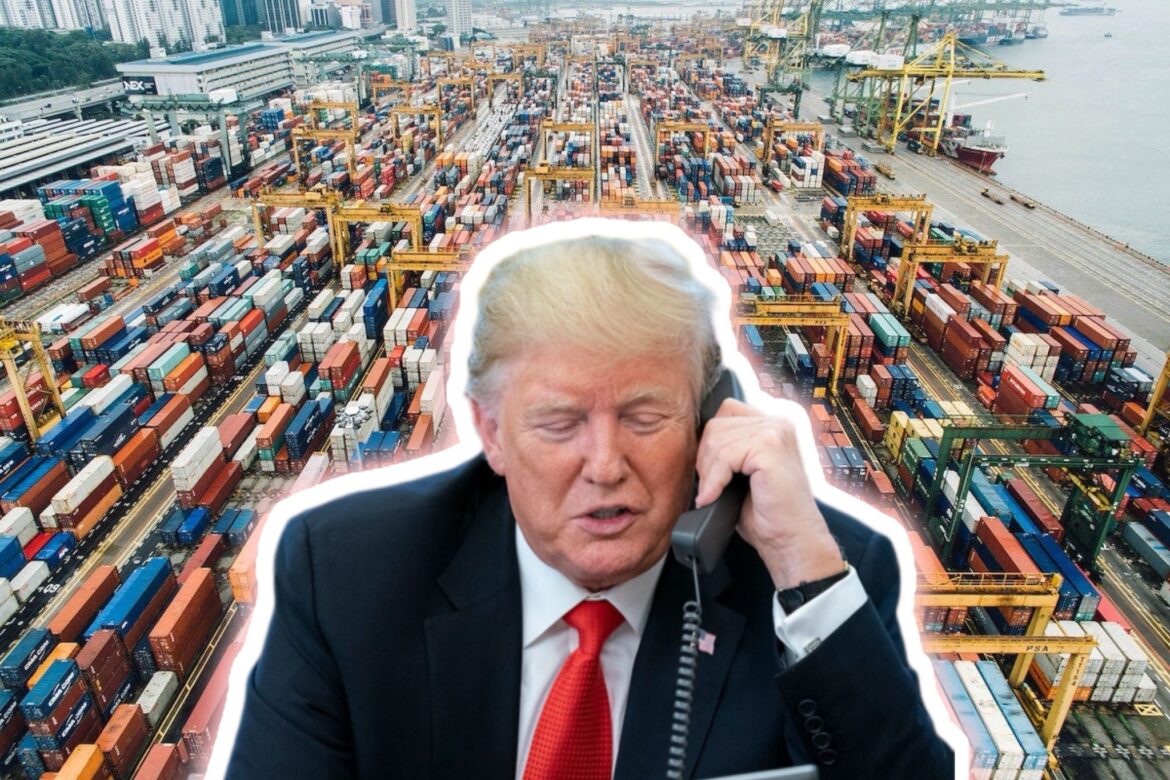Following President Trump’s 2025 proposals for high tariffs—including a potential 60% tariff on Chinese goods and a 10% universal baseline—many economists have focused on the high risks, such as inflation and trade wars. For a political analyst, however, this policy should be understood differently: it is one of the most effective political messaging tools in modern American politics.
The tariff strategy is not designed to win debates at the Peterson Institute for International Economics; it is designed to win votes in specific counties in Pennsylvania, Michigan, and Wisconsin.
This “economic nationalism” is a direct, unfiltered appeal to a very specific and electorally crucial demographic: blue-collar, non-college-educated, and union-household voters in the post-industrial “Rust Belt.” These are the voters who swung the 2016 election and remain the most contested bloc in American politics.
The political genius of the tariff argument lies in its simplicity. It bypasses complex economic theory and creates a powerful, populist narrative:
- It defines a clear villain: “Globalist” elites and foreign competitors (especially China) who “stole” American manufacturing jobs.
- It presents a clear hero: A protectionist leader (“I am a tariff man”) willing to fight back on behalf of the “forgotten” American worker.
- It offers a clear solution: The tariff itself, a tangible “wall” to protect American industry.
Whether this narrative is economically sound is, politically, almost irrelevant. The message itself—”I am fighting for your job”—is what resonates in communities in Lackawanna County, PA, or Macomb County, MI, which have seen industries decline for decades.
This strategy also places the Democratic party in a difficult political bind. Opposing tariffs allows them to be painted as “pro-China” or part of the “globalist elite” who don’t care about American jobs. This forces them to walk a difficult tightrope, often trying to argue for “smarter” trade enforcement rather than rejecting protectionism outright—a message that lacks the simple, emotional clarity of a high tariff.
Ultimately, the high-tariff policy is a masterclass in political signaling. Its success is not measured in GDP or trade deficits, but in its ability to solidify a candidate’s bond with a critical voting bloc in the handful of states that decide the Electoral College. It is a policy that functions, first and foremost, as a ballot.


